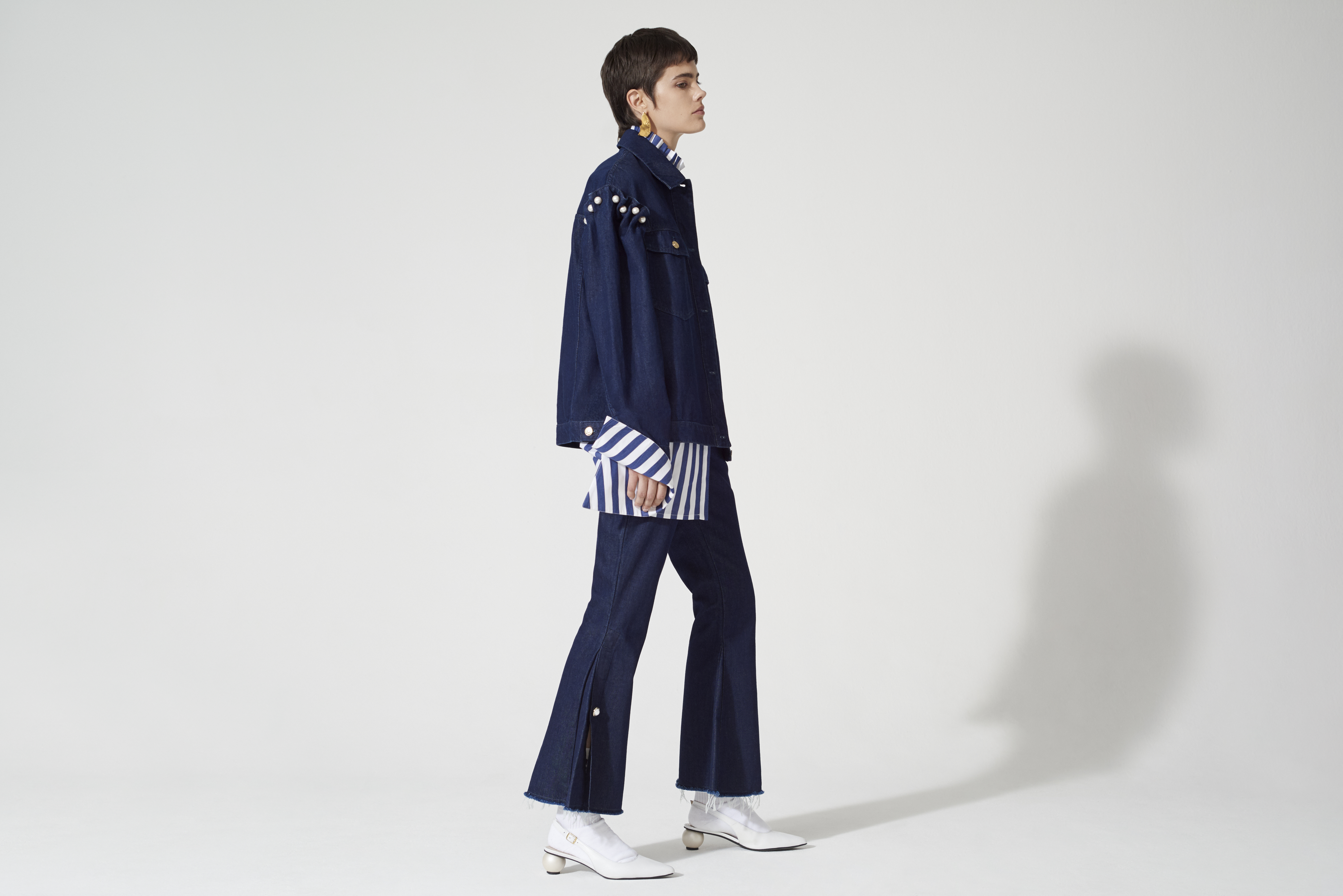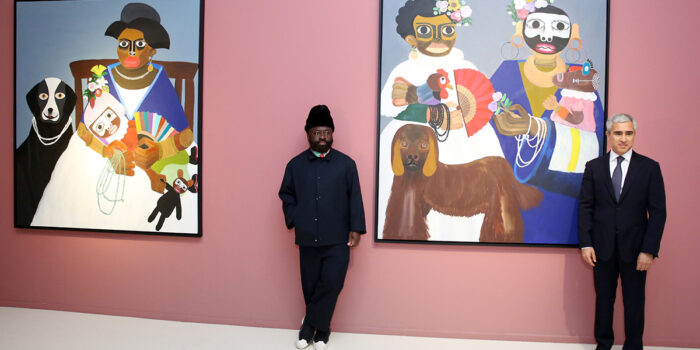In today’s increasingly eco-minded world (or so we hope), it’s no longer good enough simply to be fashionable. Now, we want to know that the brands we love also have ethical business practices. Lauren Cochrane rounds up five leaders in their field
With sustainability now on the style agenda, designers are increasingly going the extra mile to make their practice more mindful, and appeal to a new generation of consumers who care more and more about where their clothes come from. But who are the leaders in the field? Here are five brands to buy into, the ones who make sure to keep style and sustainability on equal footing.
Say ‘sustainability’ and most fashion insiders will come back to you with ‘Stella McCartney’ (main image). The British designer has been banging this drum since a time when the ’s’ word was limited to those producing hemp clothing to wear to festivals. McCartney, a lifelong vegetarian, has never used animal products in her clothing, and works hard to find sustainable solutions to every fashion problem. Arguably, it’s thanks to her that ‘vegan leather’ is now a thing, along with recycled plastic. A real hero of the sustainability revolution.
Many won’t have heard of Marine Serre but, don’t worry, you soon will. Serre is the new star of Paris fashion week. After working at Maison Margiela and Balenciaga, she won the LVMH Prize in 2017. Her third collection, for autumn/winter 2018, caused her to be dubbed “The Young Dynamo Designer Lighting Up Paris” by Vogue. It was a slick mix of streetwear and high fashion silhouettes and it came with a surprise. Thirty per cent of the collection was made from dead stock. Serre has since said it was about “inventing and rethinking production”. Vogue’s young dynamo is the future face of such matters.
With a sales growth of 49 per cent in the first half of 2018, it’s fair to say that Gucci is succeeding in its mission of speaking to luxury consumers in the millennial age. Creative Director Alessandro Michele knows that paying attention to sustainability is a way to engage with a new generation. The brand continues to push the envelope in this space. Gucci banned fur in spring 2018 and in June it launched Gucci Equilibrium, an initiative that aims to involve the 13,000 employees in the company to donate one per cent of their time to volunteering. This follows other schemes where craftspeople of Gucci have taught disadvantaged women in Mumbai to upcycle their saris, and a target set to eventually be able to trace 95 per cent of raw materials that make Gucci clothes. Impressive stuff on a mega-brand level.
Originally founded by Maia Norman in 2002, Mother of Pearl is enjoying something of a second coming with Amy Powney appointed Creative Director in 2015. A favourite of the fashion pack (the super-chic likes of Eva Chen and Caroline Issa) her clothes are fun, feminine and wearable. And, in the most part, sustainable. The 34-piece No Frills core collection – two years in the making – uses fabric that can be traced back to farms in Uruguay and Peru. Designed to be pieces to wear all year around (think great work shirts and cool sweatshirts) Powney aims for 70 per cent of the company to be No Frills over the next few years. Sounds like a plan to us.
This New York-based catwalk brand holds its own on a schedule that includes the likes of Marc Jacobs and The Row. Began by Lobo and Ramon Martin in 2011, it wasn’t until three years later that the duo started to think about sustainability. They now have a company that prides itself on transparency from start to finish, and one that creates desirable, effortless fashion, sold on sites including Net-a-Porter. This is a Manhattan-friendly look, just a version of it that happens to come with a traceable story. Which, right now, makes it even better.
Images courtesy of Stella McCartney, Marine Serre, Gucci, Mother of Pearl and Tome








